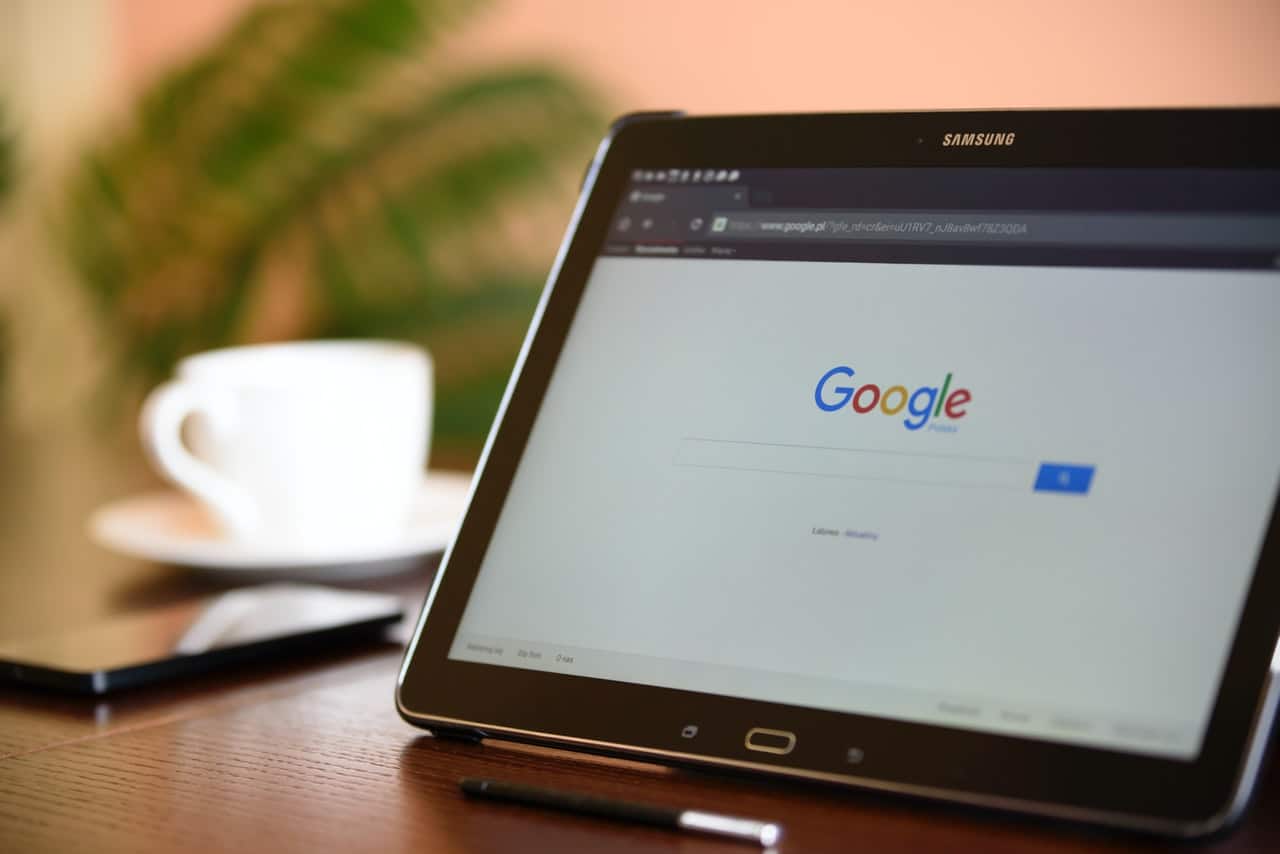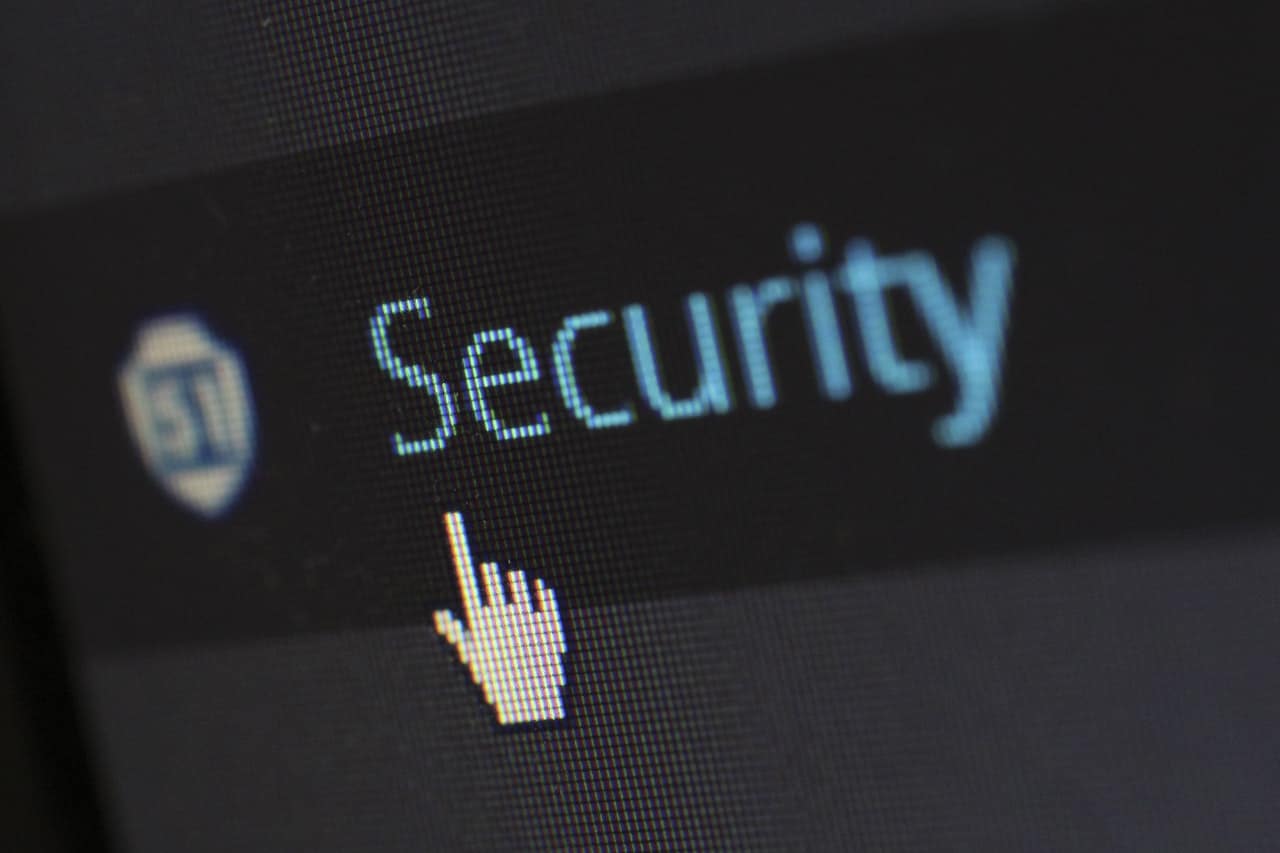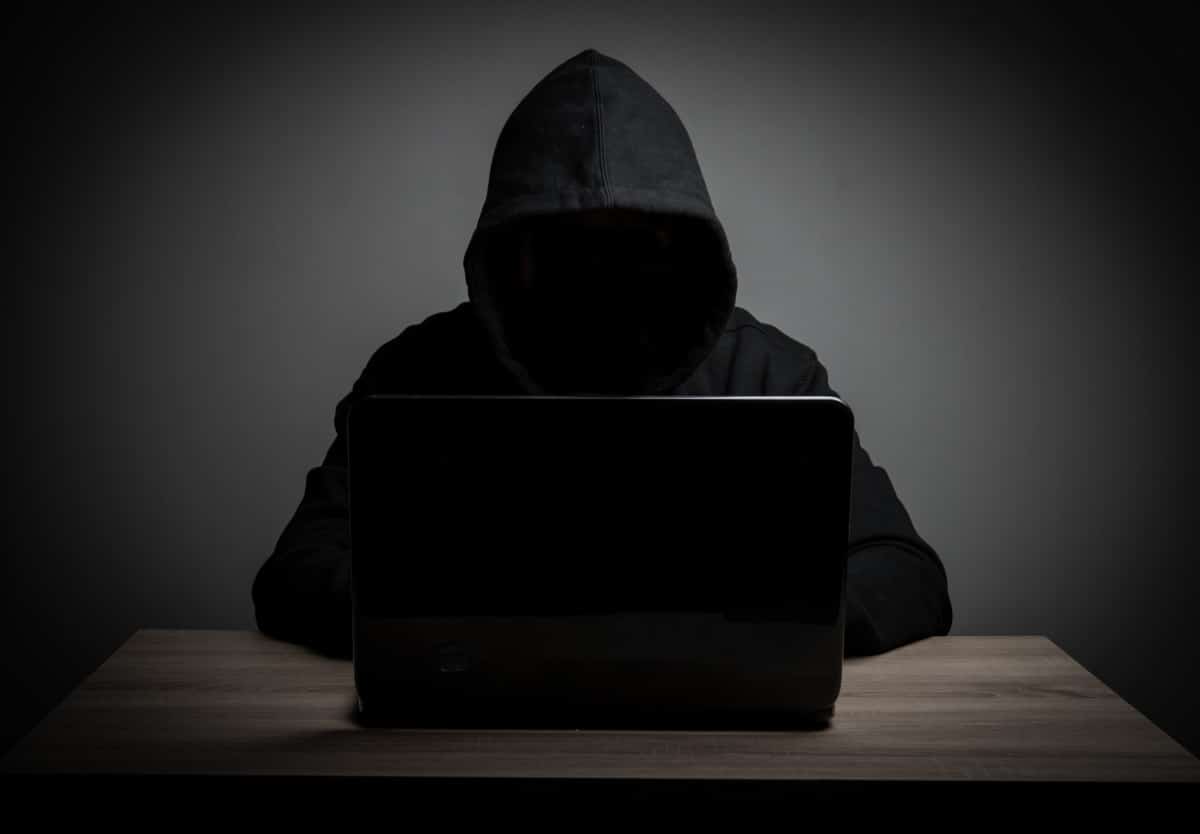In this day and age, when the internet plays such a big role in a photographer’s work (including livelihood), it can be challenging to keep track of your pictures. You might not even be aware your photos are being used without your permission, but digital image theft is an increasing problem, especially on social media.
From quickly finding if your images have been stolen (thank you reverse image search), to liaising with the people who infringed on your intellectual property, there are tools, expectations, and laws that can help protect you when pictures are being used without your consent.

How To Find Out if Your Images Have Been Stolen
Use Reverse Image Search To Find Out if Someone Stole Your Photos
Internet search engines can be a fantastic tool to find out if someone is using your photos without your permission, using the search by image function. By taking advantage of search engine’s reverse image search, you essentially search the internet for an image rather than a search keyword or phrase. Reverse image searches can be done on a number of search engines (for our purposes we’ll explain this process by how Google does it), and on a number of browsers (such as Chrome, Firefox, Safari, and new versions of Internet Explorer).
Find if your images are being used by:
Uploading Pictures to Google – Upload your images to your search engine, by clicking on the camera icon, or simply dragging and dropping into the search bar. If you’re just testing the feature, find a popular or favorite image of your own.
Searching Google With an Image Already Online – If you have images already living online, we recommend checking that your content is not being used without express content in as many ways as you can. Searching the internet for your images can also happen once they’re already online (with your permission). First, find the image by opening up a browser and navigating to that photo. Now, either right click and select “Search Google for Image” or copy the image URL by right clicking and selecting “Copy Image Address.” Then head back to images.google.com and paste the URL in the search bar field, after again clicking on the camera icon.
Limitations of Reverse Image Search
Unfortunately, Google image functionality does not encompass every corner of the internet. While Google can track social networking sites like LinkedIn, Pinterest, and Facebook depending on image privacy restrictions, Instagram and Twitter seem to remain unintegrated. Even though search functionality is limited on these platforms, however, once you find images used without your permission, you still have every right to report them.
For our purposes, let’s assume you’ve found an image used without your permission. Now, what do you do?
What To Do After You Find Out Your Images Have Been Stolen
You have a few options if you’ve found images used without your consent online. We recommend checking out the following steps to closing in on an outcome that’s best for you.
Document the Use
Take a screen capture of your image used. Include as much area as relevant, including the placement on the site, the URL, and a timestamp if possible. This way you can copy and paste the reference in your communication with the people in charge of the site, especially in case the photo goes down and you need to reference what happened.
Report the Image
Find someone to reach out to that’s connected to the site. This could be through an email address you find on the site, a contact form fill, or, if there isn’t an obvious way to find the contact information of the site, contact the web host—the business that allows the site to be online, like Wikipedia, or us here at Format. A quick and easy way to find out the web host is whoisthis.com, where you simply copy and paste the website URL to find out what web host the site uses.
Figure Out What You Want
What kind of attribution or action are you looking for? Do you want compensation for your work? If so, what kind? Beyond a photo credit, figuring out how much money to ask for is an important consideration, and worth asking peers in the industry or finding help online to determine your price. When communicating with the person or business, make sure you are clear about what happened (copyright infringement) and what you want off the bat. Remember, the photos you take are your own, and you get to decide how you want to share them.
Images Used on Social Media Count
The plethora of images that make up content on social networking sites, and the perceived grey zone on Instagram around fair use and content sharing can make any photographer scared or skeptical to share their work. But just like other spaces on the internet, images used without your express consent on social media are still a violation of your copyright, even if you are tagged in the credits.
Just like websites, reach out to the account and demand they: take the content down, credit you (if that’s all you are looking for), or pay for use.

4 Ways To Prevent Further Image Theft
1. Copyright Laws in Canada
By law, you are the copyright holder of your own work. However, it’s important when you create agreements with your client they understand the terms of use, so you don’t have to go back chasing them if they’ve accidentally or knowingly committed copyright infringement. This could look like wrongfully licensing your work, or allowing your image to be used outside the terms of your agreement. For more on copyright for photographers in Canada, check out this article.
2. Watermarking
One of the more straightforward and foolproof ways of safeguarding your images is to add a watermark, a credit that’s embedded right on your image. More and more users are using this strategy to at least brand their content, so viewers can have a digital bread crumb back to source material.
3. Copyright Symbols
Another step along the safeguard roadmap is using caption or text space by your image as a place to add copyright information, either through a symbol or text. This might dissuade a user from repurposing your image.
4. Image Quality
Making a call on how hi res your images are on your website can be tough, especially when you’re in the headspace of copyright. You don’t want an image so small viewers can’t appreciate the quality, but you don’t want it big enough someone could use it for their own purposes. As a general rule of thumb, try to find a way to make the image small enough without sacrificing how pictures look on your site.
For more on how to protect your artwork, check out this article.
Now What?
Now you have it! From getting ahead of image theft through copyright and watermarking, to keeping tabs on your work through reverse image search, reporting, and reaching out to the people who are using your image without permission, you should have a good grasp of how to keep your photos in use on your own terms.
If the thought of having your photos stolen hindered you from creating a site or social networking account to showcase your work, we get it. But hopefully, you now have some tactics to support you when you do need to report misuse. After you’ve better understood ways to prevent further image theft, including watermarking, copyright symbols, and determining resolution, you might also have come closer to how you envision your website to function.












